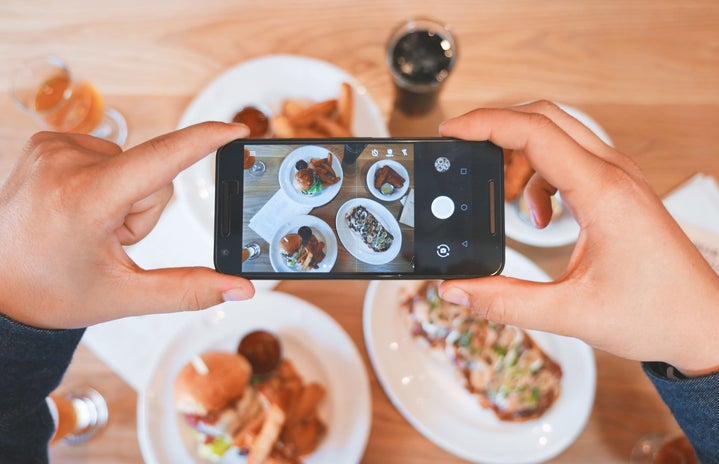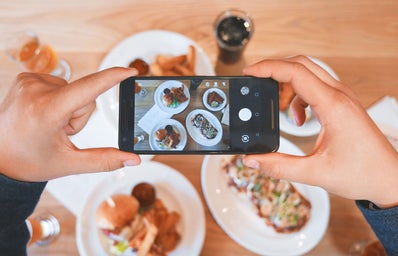The fact that Netflix and Hulu both dropped their exclusive documentaries of the Fyre Festival fraud within a day of each other lines up with the motif of the entire festival: the race to get online press and attention in any way possible. Obviously, neither online streaming service lied to the public in an unprecedented, outlandish manner or scammed influencers and local workers out of money. Billy McFarland, the co-founder of the Fyre Festival, took these fraudulent crimes to new, sumptuous heights.
If you are unaware of what the Fyre Festival was (or was supposed to be…), it was a music festival that mastermind and con-artist, Billy McFarland, advertised would take place at an island in the Bahamas that was previously owned by Pablo Escobar. The festival was supposed to house guests in luxury villas on the beach, have five-star food, feature A-list performers and be populated with hundreds of Instagram influencers. In reality, the men and local Bahamians started working on the “festival of a lifetime” only a couple of months in advance. It was to take place on an Island in the Exumas that had little to no existing infrastructure, was covered in Fema tents in lieu of villas, had no performers, and resembled a rustic and extreme campsite more so than anything else. Most social media influencers paid upwards of $12,000 for the festival, and literally flew to the island only encounter bare, moist mattresses sprawled out on the sand as far as the eye can see.
The most striking part of the entire Fyre Fraud was the way they got so many influential celebrities and models to buy the coveted tickets. McFarland and his co-founder, Ja Rule, commissioned celebrities like Bella Hadid, Hailey Baldwin (Bieber?) and Kendall Jenner to post on Instagram about how excited they were for the festival. Not only that, but the marketing officials for Fyre Festival created a promotional video where beautiful models partied on yachts, waded in the crystal clear Bahamian waters and even swam with pigs. This video was what got everyone talking, and everyone buying.
When it got out that the Fyre Festival was nothing but a hot mess, people took to Twitter and Instagram to express how much they loved the situation. Seeing people who only have to lift up their finger to support their lavish lifestyles struggling at a rustic campsite, having their luggage handled poorly and needing to fight to get a place to sleep was oddly satisfying to many people.
I watched both documentaries in two days, and I wouldn’t have had it any other way. Both got me thinking about how on earth the whole hullaballoo even happened. It says a lot about our society that we are willing to spend thousands of dollars just to be in the same place as people with a large follower base on Instagram.
The psychological manipulation that McFarland exploited to get thousands of people to be putty in his hands was a modern take on what con artists have been doing since the beginning of time. Bernie Madoff and Frank Abagnale infamously looted money out of people’s pockets, and it is likely that they would respect the hell out of McFarland for not only doing the same, but for using the 21st century’s most distinct tool to do so. McFarland essentially “catfished” Instagram’s biggest “catfishes.” It’s ironic. Allow me to explain. The target audience for Fyre was influencers who have tens of thousands of Instagram followers, minimum. These people notoriously filter, photoshop and edit their photos and make the most mundane of activities into a beautiful exhibition of class and fortune. McFarland created an event that was advertised to be a photogenic paradise, and the people that bought into it are the people that would make the festival look even more picture perfect on their accounts. However, what they encountered couldn’t be beautified through filters and Facetune. The Fyre Fraud is ironic because it beat the influencers at their own game. It should have been a huge lesson that we’ve been told since the internet arose: you can’t believe everything that you see online. However, not going to lie, I feel like this is going to happen again and again.
Incidences like Fyre Fraud happen on a daily basis, but on a much smaller scale. My Instagram gives me tailored ads for “necessities” like cargo pants and portable razors that wouldn’t surprise me if they didn’t live up to the promises made about them. People often lie about who they are and what they sell behind the guise of the internet, and that has just become normalized in our society at this point. Exaggerated and hacked food commercials are constantly shown on television, and people have just grown to accept that their McDonald’s Happy Meal will look nothing like what it was advertised as.
The fake Fyre Festival and the comprehensive duo of documentaries are sure to make viewers think about what they believe on the internet. The insane and historical flop should be a wakeup call to people who don’t question what they see online. Now, more than ever, we are reminded to be critical of the potential fake news that pops up on our screens. It is important to ask questions and be skeptical. It’s hard to do so when the people we revere most publish information that we fully want to be true.
The truth is, life is pretty great, but sometimes the best things are the things that are the world’s best-kept secrets. Here’s to finding our own Fyre without all the fraud!

